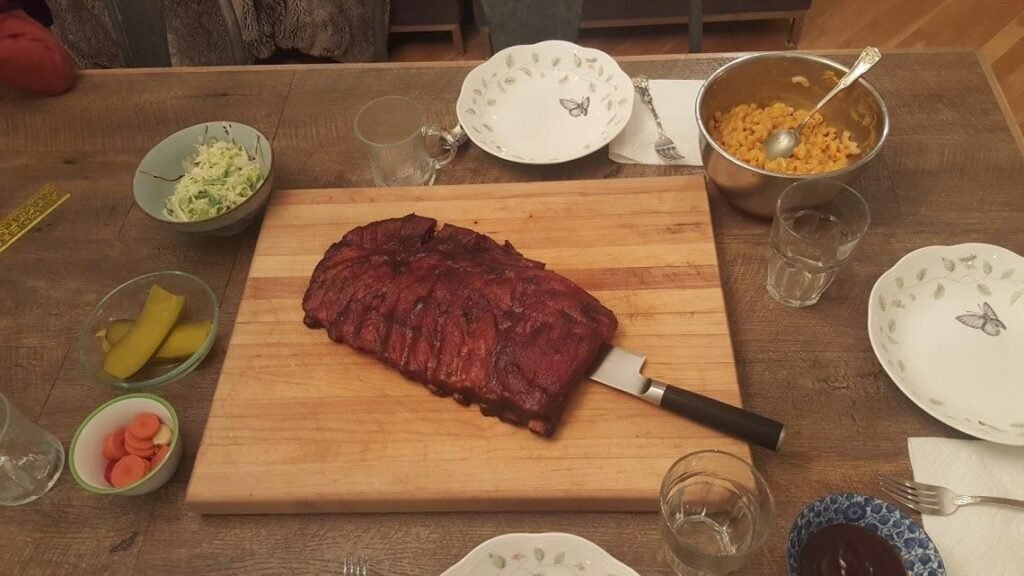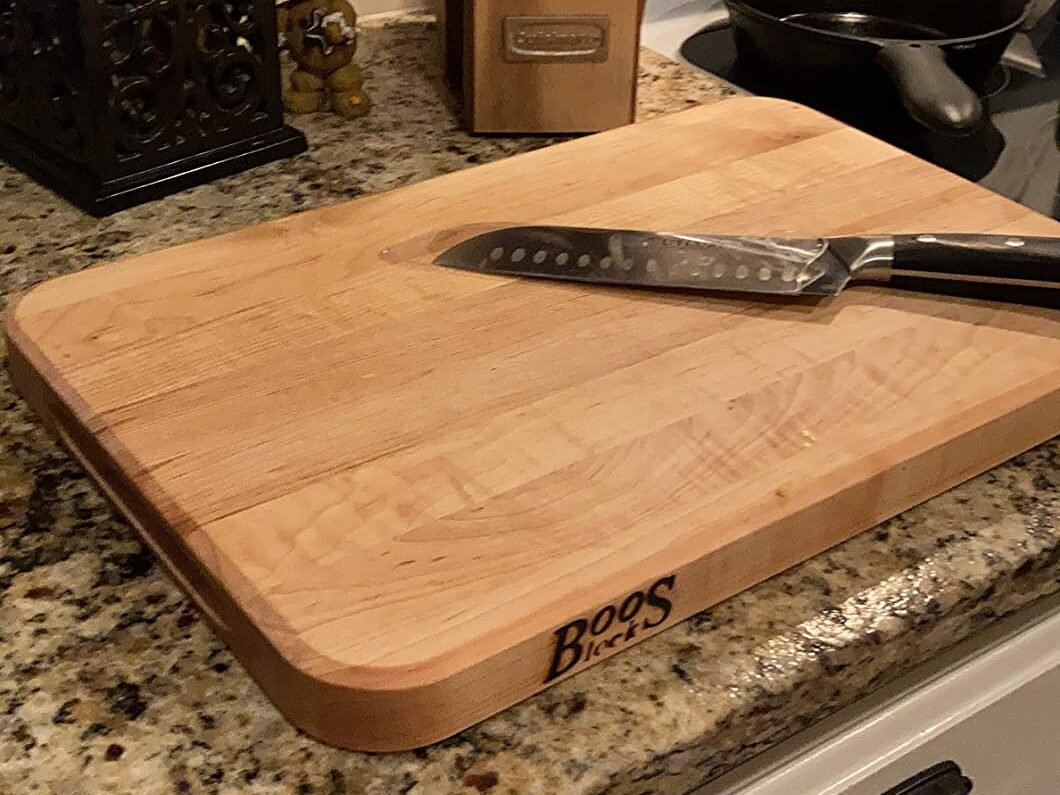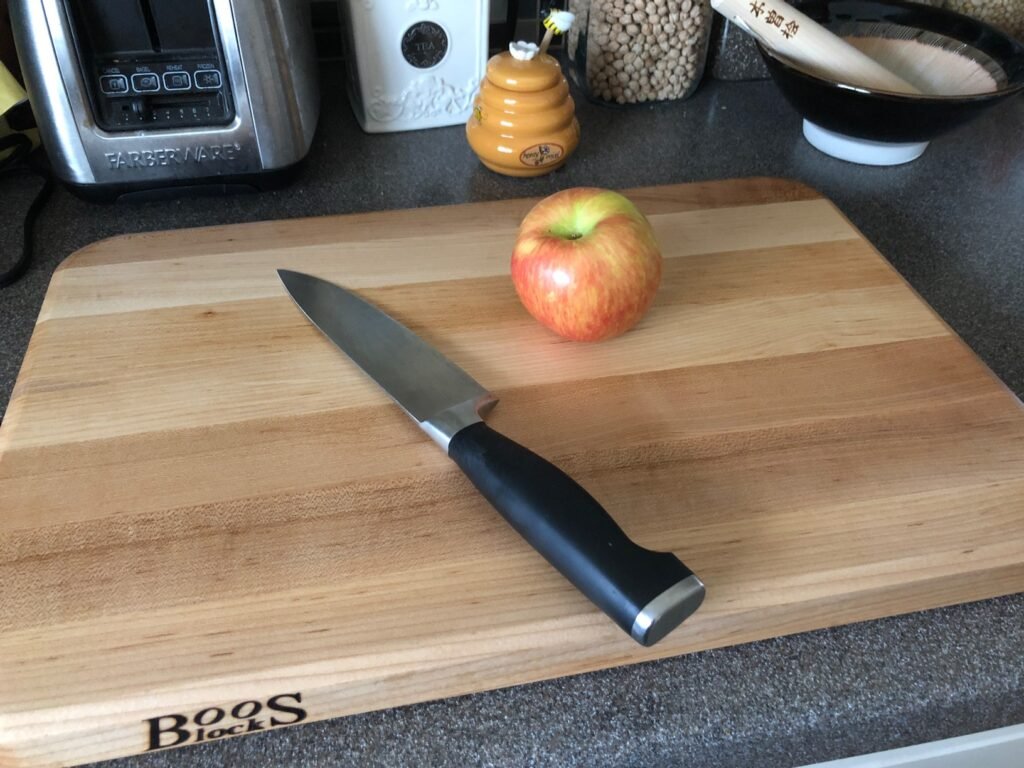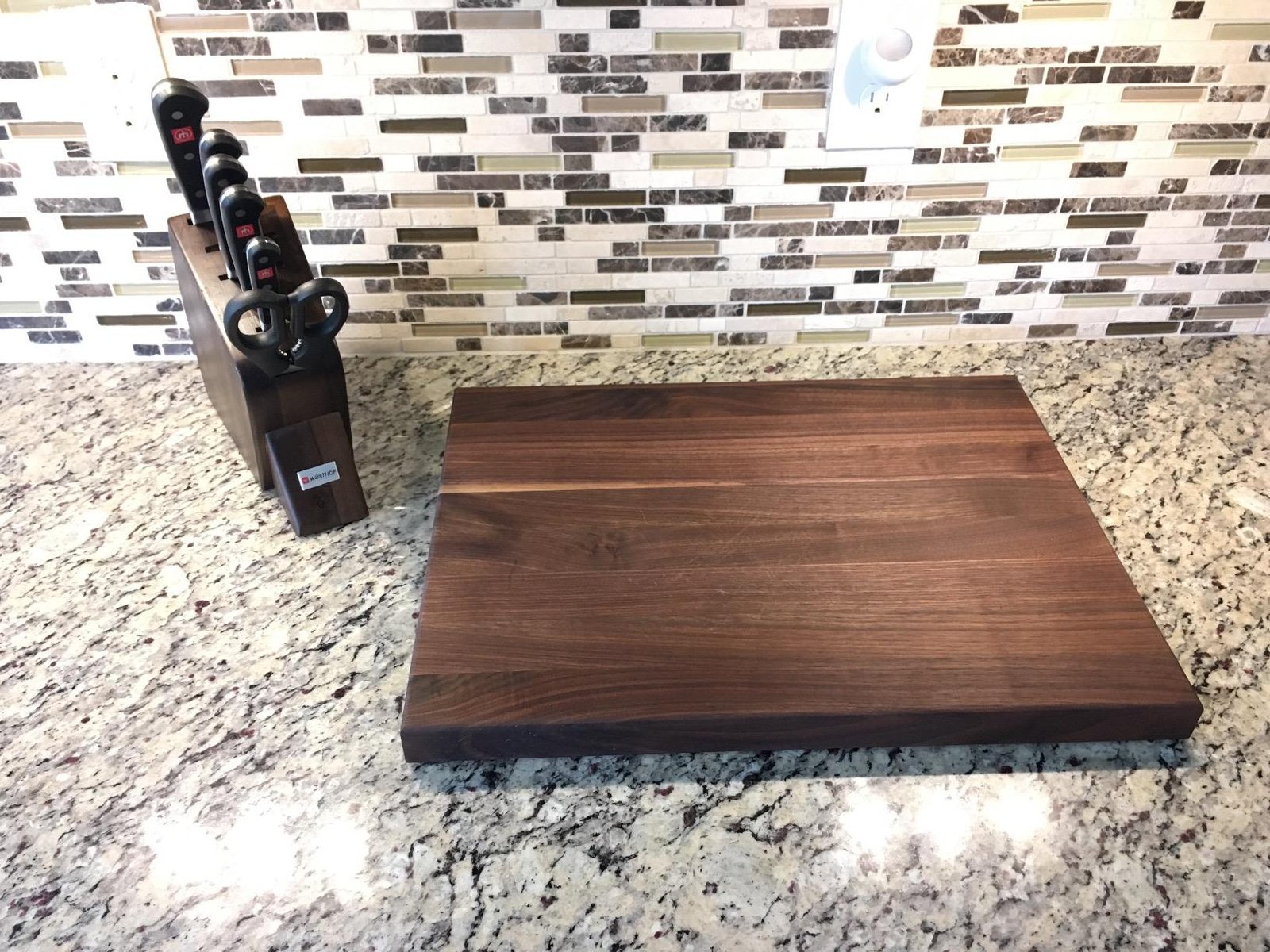How to clean a Wooden Cutting Board
Wooden cutting boards are an essential tool in the kitchen. They will last longer if you maintain them properly.
Why Clean Your Cutting Board Regularly
It is important to clean your cutting board regularly in order to maintain hygiene and avoid foodborne illness.
- Cleaning is essential to reduce contamination risks and increase board life.
- Cleaning will eliminate these particles, reducing their potential to cause infection. Maintaining your board may also extend its lifespan.
- Keep a Pleasant Aroma. Regular maintenance will keep your board’s scent fresh and prevent mustiness. Use these cleaning tools to keep your board smelling fresh.
It’s time to get your cleaning supplies.
- Use warm water to clean your home. Tide or Dawn dishwashing detergents are mild enough for everyday cleaning.
- Baking soda or white vinegar (optional). act as disinfectants and can remove stubborn stains with greater effectiveness.
- Soft Sponge or Dish Brush: Use a dish brush or a soft sponge to clean dishes. Do not use dish towels on other items.
For More Interesting and Informative Articles Check out: smartoolbuddy
Table 1. Cleaning Solutions for Different Scenarios
| Scenario | Cleaning Solutions |
| Everyday Cleaning | Warm water + Dish soap |
| Odors or Stains That Remain Stubborn | Warm water + Dish soap + Baking soda paste or white vinegar |
| Deep Cleaning/Disinfection | 3% Hydrogen peroxide Solution (diluted with water) |
Safety Alert:
Avoid harsh chemicals or scrubbers that may damage woodwork

Cleaning Cavalry: An Easy Guide
Are you ready to start cleaning? This step-by-step cleaning guide will ensure that your wooden cutting boards get the attention they deserve:
- Remove Food Debris Using a Blunt Knife or Spatula: Remove any food debris from the board after each use using a spatula or blunt knife.
- Rinse your board: Run warm water over the board to rinse off any food particles.
- Dish Soap: Use a sponge or brush to apply a few drops. Scrub the board gently, paying special attention to any grooves or crevices.
- To tackle tough stains (optional): For stubborn stains and lingering smells, make a paste using baking soda and water. Or dilute white vinegar in water. The paste or solution can be applied to the stain and left for 10-15 minutes. Brush gently and thoroughly rinse.
- Deep Cleaning (Optional). For a more thorough clean or disinfection you can use a solution of hydrogen peroxide diluted to 3%. Mix 1 part hydrogen peroxide and 3 parts water. Spray the solution onto the board and let it sit on for five minutes. Rinse thoroughly.
Visit Website for more Articles: https://smarttoolbuddy.com
Important Note:
Submerge never your cutting board under water. The wood can warp or crack if you do this.
Drying Properly Can Prevent Moisture
It is important to dry your cutting board properly after cleaning. Here’s how.
- Air dry: Allow the cutting board, if possible, to dry on an upright dish rack. Or towel dry it with two dishtowels placed on each side. This will ensure that there is no moisture left on the board.
- Store your cutting boards dry: Do not store your boards in humid environments as this could encourage mold growth.

The Power of Oil: Nourishing your Board
- Be aware of the following facts: Use only food-grade mineral oil and butcherblock conditioner. Vegetable oils such as olive can turn rancid with time.
- Application Applying a thin layer of oil with a cloth to a dry and clean board surface. Allowing it to sit for a few days, then wiping away any excess oil with a soft cloth will ensure maximum coverage.
- Frequency: How often you use your board will determine how frequently you oil it. According to a general rule, boards should be oiled once a month. However, if they are used more frequently it may be necessary to apply additional oil.
Extra Tip – Keep Your Board Fresh for Longer
Keep your cutting board looking and smelling its best with this extra tip:
- Lemon Magic After you have cleaned and dried your board, slice a lemon and rub its flesh side on the surface. Citric acid neutralizes odors, leaving a fresh smell.
Sanitation: A final word
Even though regular cleaning will remove most surface bacteria from your cutting board, you may want to disinfect it, especially if you have handled raw meat or fish. Here are a few options:
- Peroxide Hydrogen: A diluted solution of hydrogen peroxide 3% is a disinfectant.
- Vinegar Power White vinegar is a disinfectant. It can, however, have a slight bleaching effect on wood that is lighter in color. Use a solution diluted (one part vinegar and three parts water). Rinse thoroughly.
- Commercial disinfectants: Choose food-safe cutting boards disinfectants that are specifically designed for wood surfaces. Apply and rinse according to the instructions provided by the manufacturer.
Remind yourself: Rinse the board thoroughly with any disinfectant you use.
A Kitchen Companion That Will Last a Long Time
Follow these easy cleaning and maintenance tips to ensure that your wooden cutting boards become a beloved companion in your home for many years. Your board will look great and be safe for food preparation. Grab your sponge, some dish soap and a little love to keep this wooden wonder in top condition!

Frequently Answered Questions (FAQs).
How do you clean a wooden board?
How to clean a wood cutting board best depends on your situation:
- Everyday Cleansing: A simple solution of warm soapy water and mild detergent is enough for everyday cleaning. Pay attention to the grooves and crevices when washing. Rinse the board well and let it dry completely.
- Stubborn Stains and Odors To remove stubborn stains or lingering smells, make a paste of baking soda with water or dilute vinegar with water. Let the paste or solution sit, then gently scrub and rinse.
- Deep Cleaning/Disinfection: If you need a deeper clean or disinfection (especially after handling raw meat or fish), a diluted solution of 3% hydrogen peroxide is effective.
Does vinegar clean wooden cutting board?
You can use vinegar to clean your wooden cutting board. White vinegar is a natural disinfectant and can be used to remove stubborn stains. To avoid bleaching lighter wood, dilute vinegar with water (1 part vinegar and 3 parts water). After using vinegar, rinse the board well.
How does a chef clean his cutting board?
The cleaning regimen that chefs follow is similar to the one recommended in this article. Chefs prioritize cleaning using warm water and dish detergent, but may also use vinegar, baking soda or diluted hydrogen-peroxide to disinfect and clean more deeply.
How to clean dirty wooden boards
Cleaning methods are dependent on the amount of dirt.
- Light dirt: Follow the normal cleaning routine with warm water, dish detergent, and thorough drying.
- Heavy Stains and Dirt: To remove stubborn stains from heavily soiled wood, make a paste of baking soda and water. Or use diluted vinegar. Allow it to sit on the stain for a few minutes, then scrub gently and thoroughly rinse. This process may need to be repeated for stubborn stains.
- Deep cleaning: Use a diluted solution containing 3% hydrogen peroxide if the board needs to be deep cleaned or disinfected.
Related Article :
https://smarttoolbuddy.com/how-to-carry-a-knife-safely
Latest Article :
https://smarttoolbuddy.com/foodservice-duel-paring-knife-vs-chefs-knife


Related Blogs
The Top 10 Best Litter Box for Multiple Cats
5 Best Dry Cat Food for Indoor Cats 2024
Affordable Bluetooth Projector for Gaming: The Best in 2024
The Best Soundbar for Music and Movies for Home Threaters
Stay Powered Up: The Best Portable Charger for iPhone 15 in 2024
The iPhone 15 Pro Max New Features: Comprehensive Features
Liquid Screen Protector vs Tempered Glass: Which is better in 2024
What is a Monkey Wrench: Complete Details
Guide to Cleaning Your Gatorade Bottle The Proper Way
How To Sharpen Garden Hoe: Real Guide to the problem
How to Use a Tack Hammer Nail it Every Time
Easy Ways on How to Clean Garden Tools at Home
Changing a Garden Cart Tire: Expert Hacks That Will Save You from $200+ in Repairs
How to Whisk Eggs: Easy Manual Techniques
Garden Fork Vs Pitchfork: Deciding Which Tool Will Meet Your Garden Needs
Conquering the Greens: How to Rake Artificial Grass
How Deep To Plant Daffodil Bulbs? A Simple Guide
How to Pick the Best Shovel for Digging in 2024
The best time to power rake your lawn
Why Your Kitchen Isn’t Complete Without an Acacia Cutting Board
How to Replace Trimmer Line in Bump Feed: Step-by-Step Guide
Perfect Make Matcha Without Whisk: The Ultimate Guide
10 Ways to Remove Snow from Driveway Without a Shovel: Innovative Snow Removal
The Ultimate Guide: How Many Wheelbarrows of Sand Per Bag of Cement
Don’t Make This Silly Mistake with Your 5 Uses of Garden Fork
Is a Spade and a Shovel the Same? Discover the Differences Here
Transform Your Garden with Stunning Garden Stake Ideas You’ll Love
The Best Home Gym Equipment you can get in 2024
The Best Home Gym Setups for Small Spaces
Shoot Like a Pro: The Best iPhone Filmmaking Kit
Are Bone Conduction Headphones Safe?